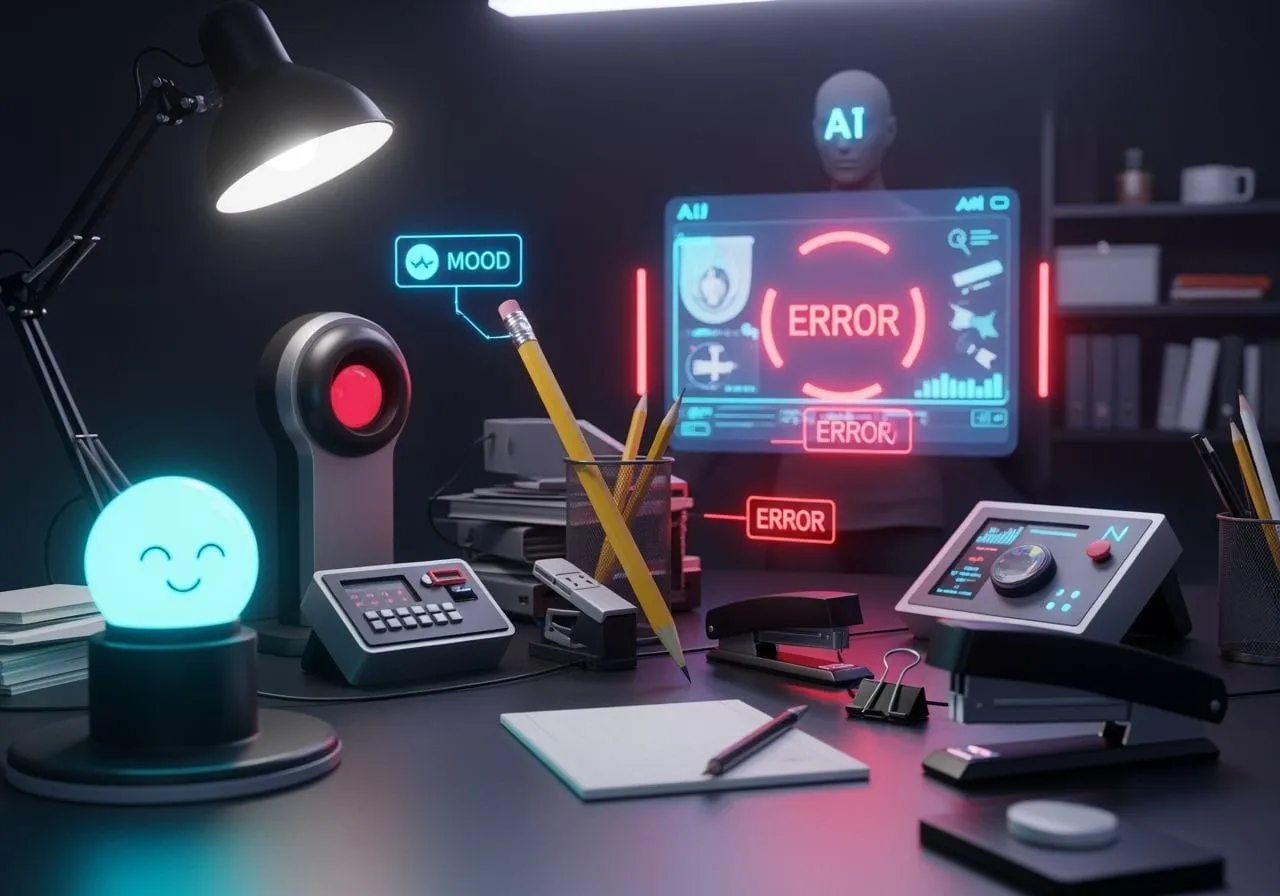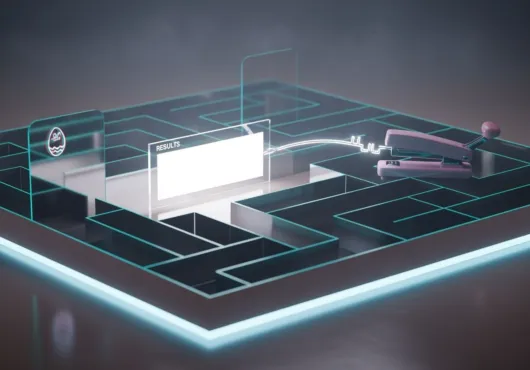There’s a phrase in tech circles that goes, “Build it and they will come.” But in the AI space, it’s starting to feel more like: Build it, ignore everyone who doesn’t come, and pivot until it kind of looks useful.
Let’s be clear: not all AI tools are bad. But the ones no one asked for? They’re everywhere. From smart fridges that write poetry to meeting summarizers that summarize nothing—we’re knee-deep in tools designed to solve problems we don’t have, while the actual problems stare us in the face.
Solving Inconveniences That Weren’t Inconvenient
Take AI email assistants that suggest “warmer ways to say thanks.” Or apps that use machine learning to analyze your tone and tell you how empathetic your Slack message sounds. The pitch sounds helpful. The execution? Mostly weird.
It’s not that politeness doesn’t matter. But automating tone misses the real point: human judgment. What we’re getting isn’t efficiency—it’s linguistic cosplay. Tools like these dress up basic tasks with AI glitter while adding latency and abstraction to things that worked fine.
Who Are We Building This For, Again?
The most ironic twist? The target user often doesn’t exist. These tools are built by founders trying to out-hype each other in demo day decks, not by people who work in actual offices. Somewhere between the VCs and the pitch decks, users got swapped out for personas.
You can tell when a tool’s design is built around a theoretical user:
It requires exactly the right input.
It breaks when you do anything human.
It claims to “learn” but mostly just forgets.
And if you’re thinking, “Well, maybe someone out there finds that helpful,”—sure. But how many smart spatulas do we need before we ask who’s actually cooking?
The Real Problems Still Suck
While we’re busy beta testing AI that “senses your mood from keystroke cadence,” entire sectors of working life are stuck using 2007-era interfaces. Healthcare, education, logistics—these industries are begging for better AI assistance, but most developers are focused on startup-friendly ideas that fit in a Chrome extension.
It’s easier to build a chatbot for your to-do list than to rebuild how information flows in a hospital system. But that doesn’t mean we should all act like the former matters more.
When Innovation Becomes Irritation
There’s a thin line between useful innovation and digital clutter. And a lot of AI tools fall into the second bucket. They:
Over-promise,
Under-deliver,
And quietly vanish when no one uses them—only to be rebooted six months later with a new logo and worse UX.
This cycle isn’t just annoying—it’s exhausting. We’re being trained to expect bloat, bugs, and “Oops, we’re in beta.” That’s not disruption. It’s just burnout in the form of a product roadmap.
The Tools We Actually Need? You Probably Can’t Pitch Them
The most useful AI tools don’t make for flashy demos. They work in the background. They fix boring stuff. They make life easier for the people doing the real work—without asking for a LinkedIn post in return.
But the hype machine isn’t built for that. It’s built for the next “transformative productivity suite” or “GPT-powered calendar whisperer.” So we keep building things nobody asked for, not because they’re helpful—but because they’re fundable.
Dive deeper into the ‘AI in Real Life’ series and discover how algorithms are quietly reshaping your habits.
Explore More


